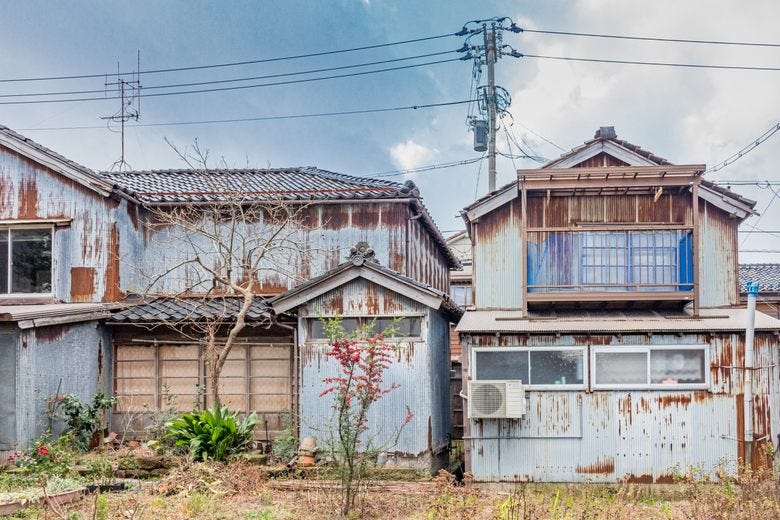Cities are addicted to growth. More people, more jobs, more housing, more, more, more. We’ve become accustomed to this growth because we’ve added nearly 1 billion per decade across the globe since 1980, boosting the populations of cities from Phoenix to Beijing.
But that exponential growth is going to stop soon. In cities in Italy to Japan, population growth has already ended. Most of the Global North is already slowing. In the United States, 18 states were net negative last year and the whole country grew by only .38 percent — nearly zero. Only the continent of Africa, which is estimated to grow by an astonishing 300 percent by 2100, will avoid these demographic trends (I will discuss this major outlier in a future column).

Alan Mallach’s new book, Smaller Cities in a Shrinking World: Learning to Thrive Without Growth, explores what this future of declining population growth will mean for much of the world:
Economic models and corporate strategies that assume continued population growth will have to be reconsidered. Fewer children will mean older populations and radical changes in the demand for goods and services. Although declining populations may make it easier to tackle some of our pressing environmental issues, they may also make it harder, if decline means increasing scarcity of financial resources and intensified struggles over a shrinking pie.
Mallach has studied shrinking American cities for decades. He was a director of housing and economic development for Trenton, N.J. in the 1990s, and is a fellow at the country’s leading nonprofit focused on vacant properties, Center for Community Progress. Through his books such as The Divided City: Poverty and Prosperity in Urban America and Bringing Buildings Back: From Vacant Properties to Community Assets, his name is near-synonymous with studying the problems of shrinking Rust Belt cities.
I spoke to Mallach recently by Zoom. At 78, he is as vital a thinker and speaker as ever, recounting how he has befriended researchers from Europe and Japan who were studying American shrinking cities. Though he knew that shrinking cities were a phenomenon across the globe, Mallach got the sense that few others realized what was really going on:
“I was struck by the fact that the world’s population is shifting, population growth is slowing down dramatically, and people aren’t aware of this. People think of urbanization and automatically associate it with the teeming slums of Kolkata, but we actually have to start thinking about how slowing growth is going to affect our cities.” Case in point: even Kolkata’s growth has begun to slow down.





